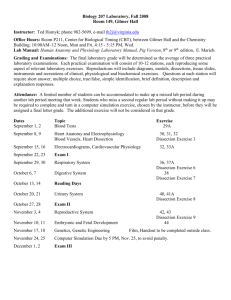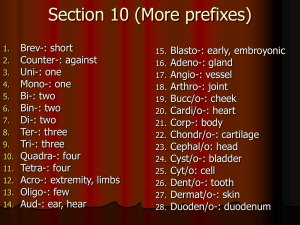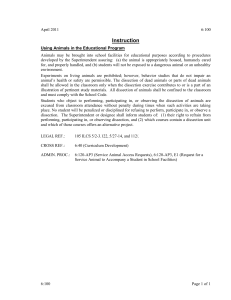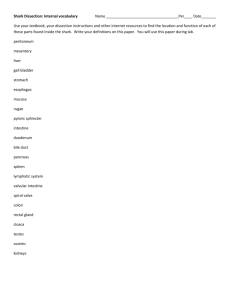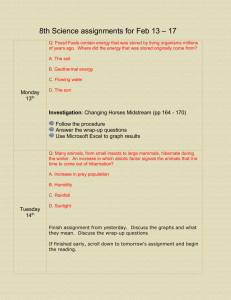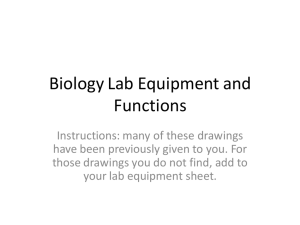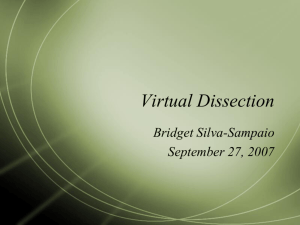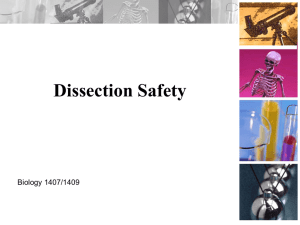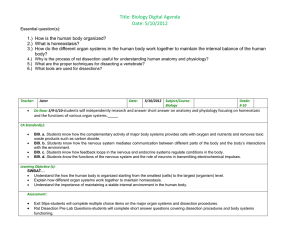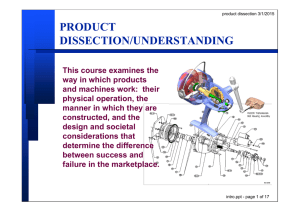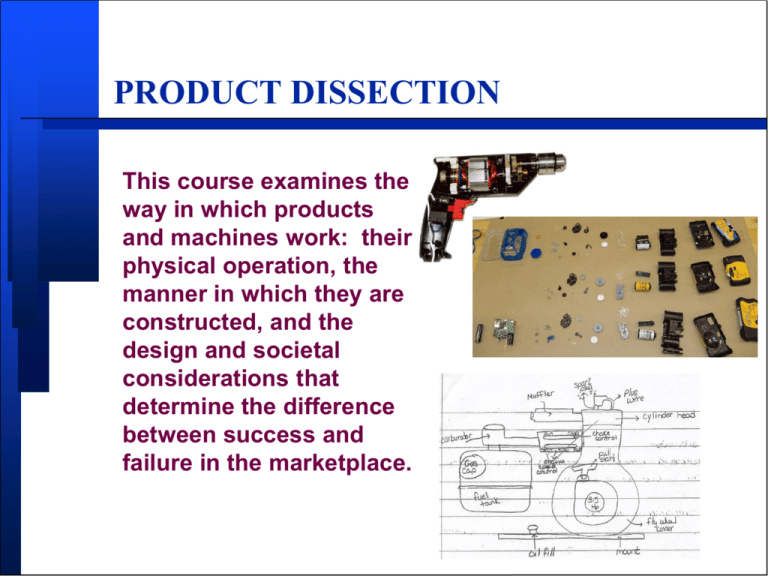
PRODUCT DISSECTION
This course examines the
way in which products
and machines work: their
physical operation, the
manner in which they are
constructed, and the
design and societal
considerations that
determine the difference
between success and
failure in the marketplace.
Course Philosophy
Not a traditional lecture class
Hands-on Experience:
“Tell me, and I will forget;
show me, and I will remember;
let me do it, and I will understand.”
—Confucius
Retention versus Method How much do we retain?
Reading
Hearing Words
Looking at Picture
Watching Movie
Looking at Exhibit
Watching Demonstration
Seeing it Done
Participation in Discussion
Giving a Talk
Simulating Real Experience
Doing the Real Thing
10%
20%
30%
50%
50%
50%
50%
70%
70%
90%
90%
Course Objectives
The primary objective of this course is to learn about
engineering and product design by:
• Dissecting existing consumer and industrial products to
determine how they function, how they were made and
how they might be improved
• Explaining that function by applying appropriate physical
principles
• Communicating that function effectively - oral, written,
electronic, graphic
• Developing visual reasoning skills and basic mechanical
aptitude
Course Content
Product dissection, reverse engineering and
competitive analysis as a design tool
The product design process
and the product life cycle
Team building
Materials and selection
History of technology
The Design Process
ref . Engineering Design Graphics, J. H. Earle, pg 18,
used by permission of Addison Wesley, ©1990, all rights reserved
Course Content - continued
Consumer-product interaction issues: aesthetics,
ergonomics, “good design”, codes and standards,
safety, product liability, ethics, green design
Basic mechanical and electrical components and
measurements
Introduction to manufacturing processes and
design for manufacturability
Documenting and communicating a design
Where does this course fit
in the curriculum ?
Synthesis
Analytical Knowledge
Math
Statics
Physics
GRADUATE ENGINEER
Design
Project
Thermodynamics
Concurrent Eng.
Adv Mfg Processes
Materials Science
Mfg Processes
Entrepreneurship
Product Dissection
Engineering Design and Graphics
Chemistry
Freshman
Year
PRODUCT REALIZATION
MINOR*
*To learn more about the Product Realization Minor
visit: http://www.mne.psu.edu/simpson/PRM/
The Dissection Projects for ME 240
Bicycle
(ME 105S)
Engine
(ME 107S)
Consumer
Products
(ME 106S)
Mixer
Drill
Staplers
Single-Use
Camera
Telephones
Why take something apart?
To fix it
Curiosity
To learn from real engineering successes and
failures
It’s a form of literature search
To see how its made so you can document the
design and duplicate it (reverse engineering) or
improve on it (value engineering)
Benchmarking, competitive analysis - compare
different design alternatives, estimate costs,
evaluate the competition
Resources at your disposal
Instructor
• Dr. Tim Simpson, Professor, ME & IE
Teaching Assistants
• Omar Ashour & Wonmo Kim (IE)
314 Hammond
101 Engr Unit C for all bike dissection
ME instrument room (23 Reber)
ME student shop (with supervision)
PSU computer laboratories
What do you need to bring?
Safety Glasses
• For product dissection
Design Journal
• To record your activities
Basic tools
• Optional
Wear clothes that you
don’t mind getting dirty!
• Bicycle and engine
components can be
very oily and greasy
What will you get from this course?
Increased aptitude for mechanical and electrical
devices and how they work
Awareness of the “big picture” of the product design
process and the product life cycle
A greater awareness of how things are made
An appreciation of good design
Effective verbal, graphical and written
communication skills
A better idea of what engineers really do


